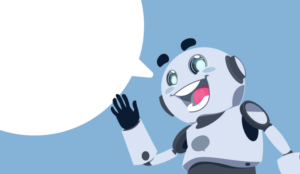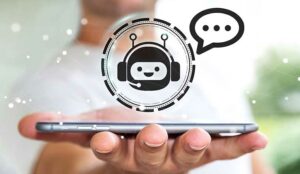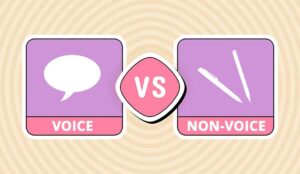Thomas Saint-Hilaire of Odigo introduces us to voice-based chatbots and why he believes the technology is on the verge of an unprecedented disruption to customer relations.
While phone is still the most important channel for customer service, voice-based chatbots represent the holy grail of customer service automation and delivering a return on investment.
After transforming games such as chess, Jeopardy and Go, artificial intelligence (AI) is set to radically transform customer services.
Fast in exchanges and self-learning, providing precise answers to customer requests and offering a personalised business transaction service, chatbots seem likely to eventually replace contact centre agents and perhaps apps and website as well.
Machine learning changes everything. Put simply, machine learning recognises a pattern after first learning it.
Specifically, in customer relations, machine learning can identify a customer’s need, and a well-trained intelligent chatbot can deliver truly impressive results that can be compared to those obtained through human intelligence.
Learning consists of giving examples of sentences to the learning machine and detailing the corresponding intention. To be efficient, this learning has to happen before a chatbot is launched and continue throughout the first few weeks after launch.
If the chatbot doesn’t recognise the intention reliably enough, human intervention becomes necessary.
Beyond machine learning, some providers are offering an ensemble of mature and accessible technologies that are enabling the construction of chatbots—speech to text, text to speech and API management—which can:
- Strike up an anytime, anywhere, any device conversation with a customer
- Understand and process the customer’s need
- Chat “just like a real person”, providing an appropriate answer to each request, and if appropriate, forwarding the request to a real agent
Also, with social networks having already paved the way for mainstream use of written conversations as a method of expression and communication, chatbots are set to:
- Provide seamless customer authentication
- Enable emotion analysis to monitor the conversation
- Use a synthetic voice adapted to the customer’s profile
While phone is still the most important channel for customer service, and because call centre costs remain high, voice-based chatbots powered by AI represent the holy grail of customer service automation.
There are already use cases where the technology has delivered a rapid return on investment, an increase in self-service utilisation rate and increased customer satisfaction. All this amounts to a complete revolution of the customer experience.
Author: Robyn Coppell
Published On: 21st May 2019 - Last modified: 19th Jul 2022
Read more about - Guest Blogs, Odigo



































